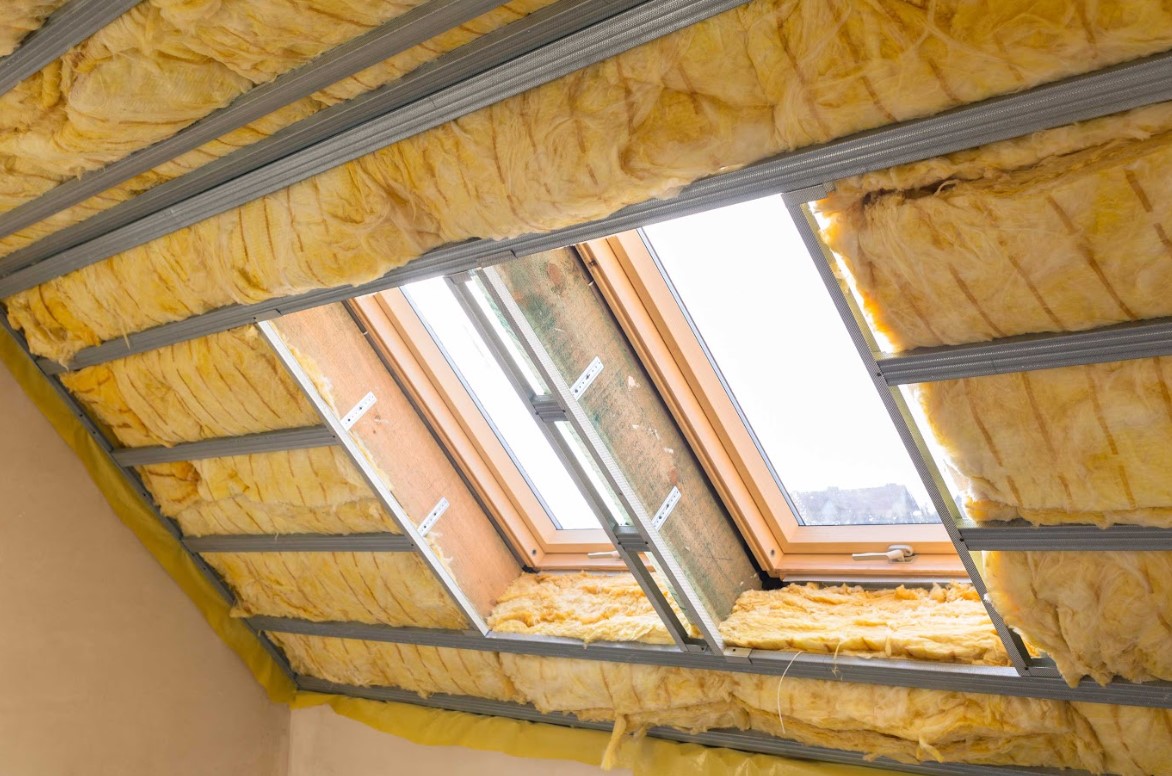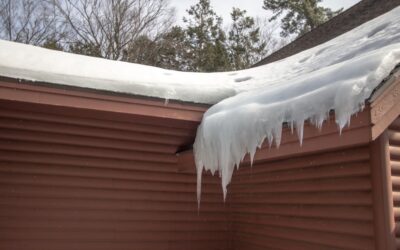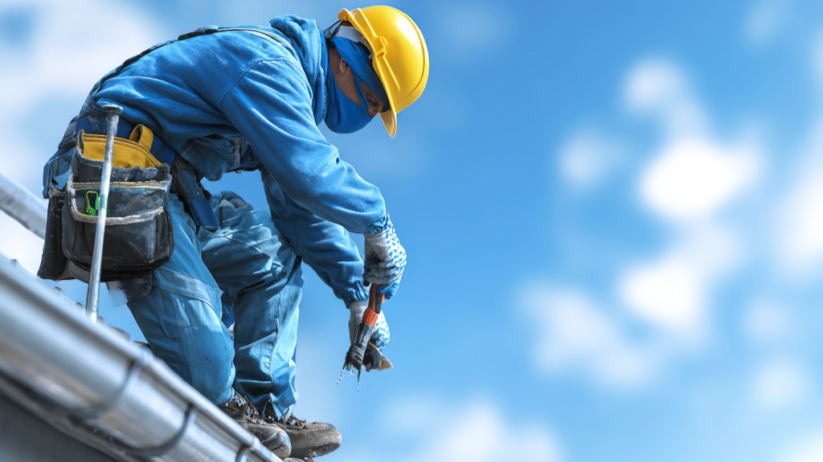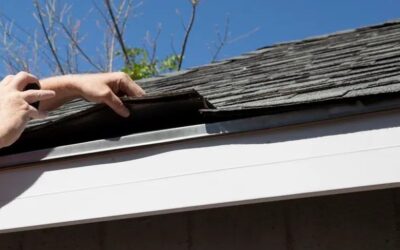Attic insulation is a silent hero, working tirelessly to keep your home comfortable and energy-efficient. But like any hero, insulation has its limits. So, how long can you expect your attic insulation to last, and when should you consider a replacement? It varies. Moisture, pests, and settling shorten it’s life.
Let’s dive in to learn how and why insulation must be replaced.
The Lifespan of Common Insulation Types:
The longevity of your attic insulation depends mainly on the type of material used in your attic. Here’s a general guideline:
- Fiberglass Batts or Rolls:
- These are the most common and generally last between 80 to 100 years.
- However, their effectiveness can diminish significantly if they become compressed, wet, or damaged.
- Loose-Fill Fiberglass:
- Similar to batts, loose-fill fiberglass can last for 80 to 100 years.
- However, shifting and settling over time can reduce its R-value (insulation effectiveness).
- Cellulose:
- Made from recycled paper, cellulose insulation can last 20 to 30 years.
- It’s susceptible to moisture damage and settling, which can shorten its lifespan.
- Spray Foam:
- Spray foam insulation is known for its durability and can last 80+ years.
- It’s less prone to settling and moisture damage, but proper installation is really, really important!

Factors That Shorten Insulation Lifespan
While insulation can last for decades, several factors can reduce its effectiveness and lifespan:
- Moisture Damage: Leaks, condensation, and high humidity can cause the insulation to become wet, leading to mold growth and reduced R-value.
- Compression: Compressed insulation loses its ability to trap air, reducing its effectiveness. This can happen from storage in the attic or walking on it.
- Pest Infestation: Rodents and insects can damage insulation by nesting or tearing it apart.
- Settling: Loose-fill insulation, like cellulose or fiberglass, can settle over time, leaving gaps and reducing effectiveness.
- Air Leaks: While not directly affecting the insulation, air leaks around penetrations (like wiring or plumbing) can significantly reduce its effectiveness.
Signs You Need to Replace Your Attic Insulation:
Even if your insulation is within its expected lifespan, it may need replacement if you notice these signs:
- Increased Energy Bills: A sudden or gradual increase in heating or cooling costs.
- Uneven Temperatures: Rooms that are consistently too hot or too cold.
- Drafts: Noticeable drafts, especially near the attic hatch or exterior walls.
- Visible Damage: Wet spots, mold growth, or signs of pest infestation.
- Settled or Compressed Insulation: Insulation that appears thin or uneven.
Nextgen Can Help!
If you’re unsure about the condition of your attic insulation, Nextgen can provide a thorough inspection. We’ll assess your insulation’s R-value, identify any damage or air leaks, and recommend the best solutions to maximize your home’s energy efficiency. We offer professional insulation installation using high-quality materials, ensuring your home stays comfortable and energy-efficient for years.
Don’t let inefficient insulation cost you money! Contact Nextgen today for a free inspection and discover how we can help you with your attic insulation. We’re always here to help you with your home improvement needs.



 (413) 259-0611
(413) 259-0611



